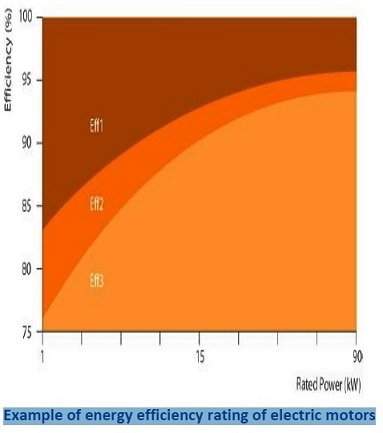
Ships Power Generation Equipment & Distribution System
The complete electrical plant on board ship is made up of power
generation equipment, a distribution system and the many power
utilising devices. Electricity is used for the motor drive of many
auxiliaries and also for deck machinery, lighting, ventilation and air
conditioning equipment.
A constant supply of electricity is essential for safe ship and machinery operation, and therefore standby or additional capacity is necessary together with emergency supply equipment. Emergency equipment may take the form of an automatically starting emergency alternator or storage batteries may be used.
A constant supply of electricity is essential for safe ship and machinery operation, and therefore standby or additional capacity is necessary together with emergency supply equipment. Emergency equipment may take the form of an automatically starting emergency alternator or storage batteries may be used.


